Western picture books are read from left to right. This affects the layout of a page, and the direction of character movement. Generally, characters also move through a picture book from left to right. When embarking upon a journey they will look to the right.
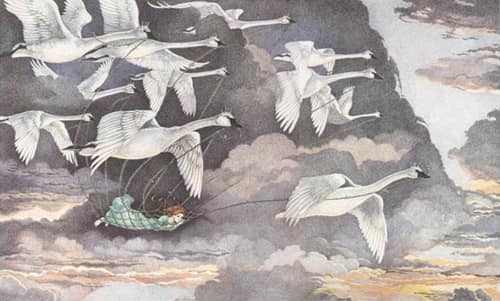
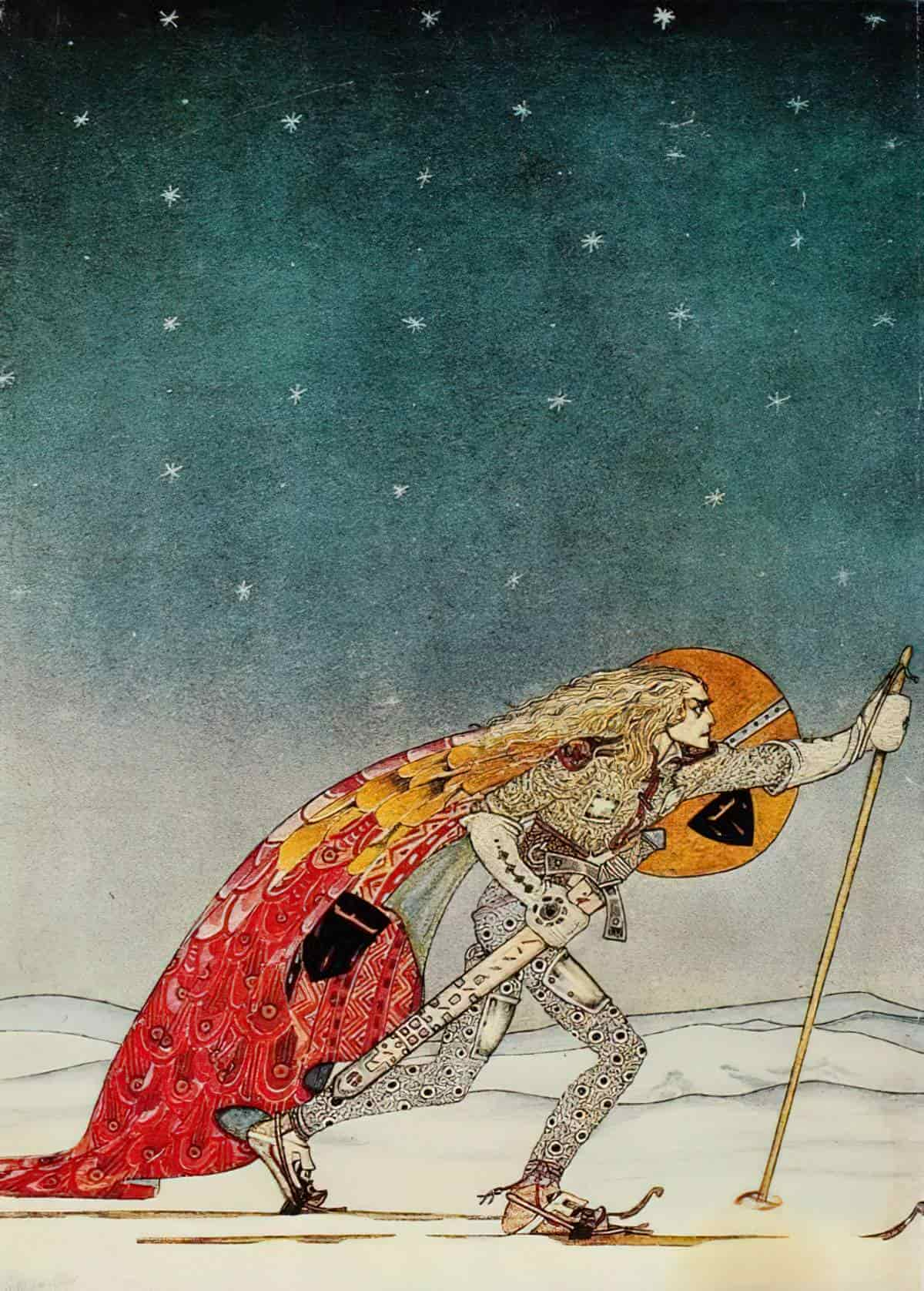
When looking out a window, the window will often encourage readers to look to the right as well.
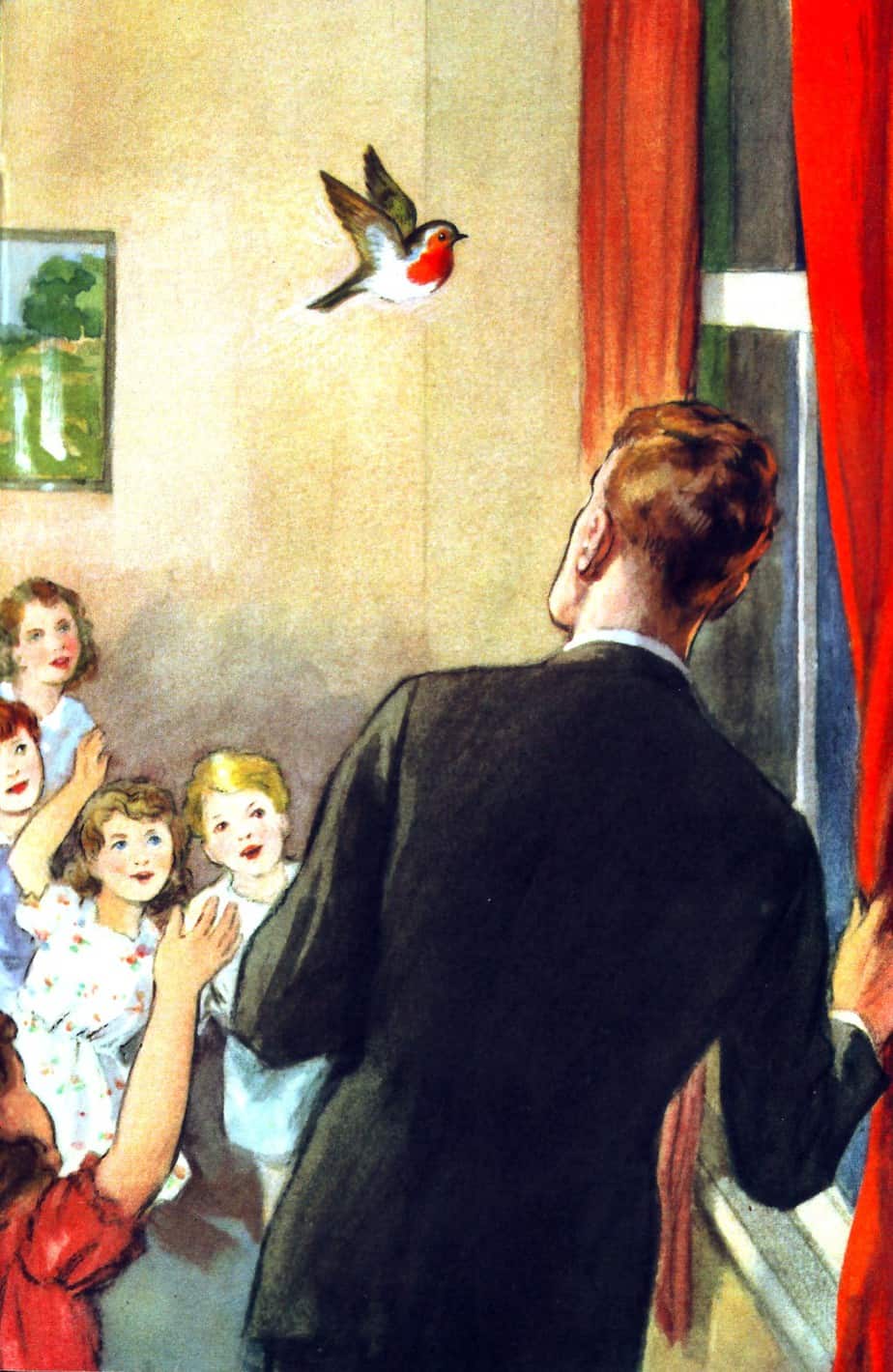
When characters come up against a hurdle, in an unmarked scene, that hurdle will be positioned to the right.
Below, Wombat from Diary of a Wombat isn’t getting what she wants (carrots). But she is determined to keep trying for them until she gets what she wants. Therefore, the door is positioned to her right.
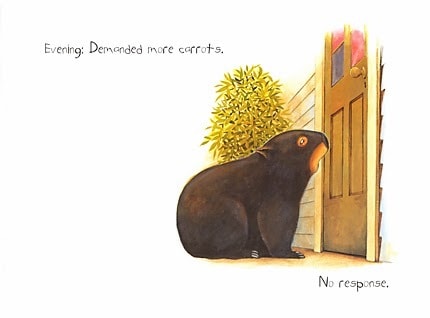
Illustrators can deliberately subvert this expectation. In Outside Over There, the mother and the dog are paying no attention to Ida. Ida is off on her own adventure. At first, Ida is also looking left, not watching out for what crops up from the right. (ie. the goblins who switch her little sister.) But as she gets involved in the fantasy adventure she faces right.
The inverse rules of directionality apply to books read from right to left, as in Japan.
Do the illustrations below seem a little unsettling to you? If so, perhaps it’s the direction in which the characters are walking and facing.
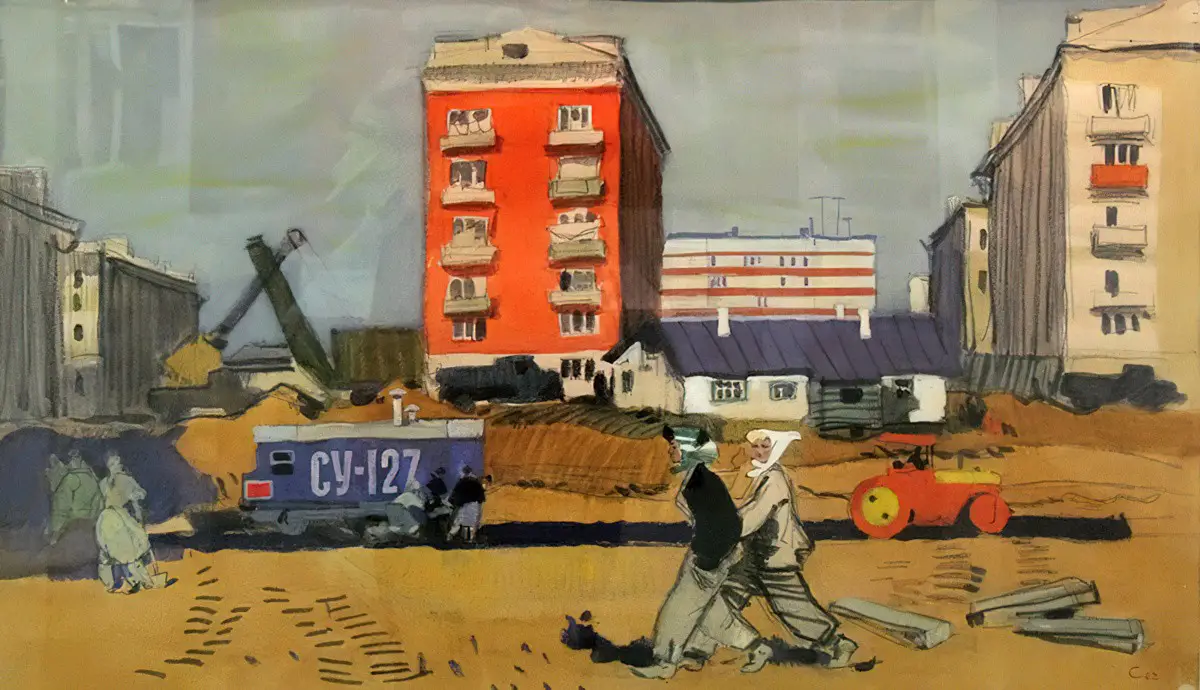
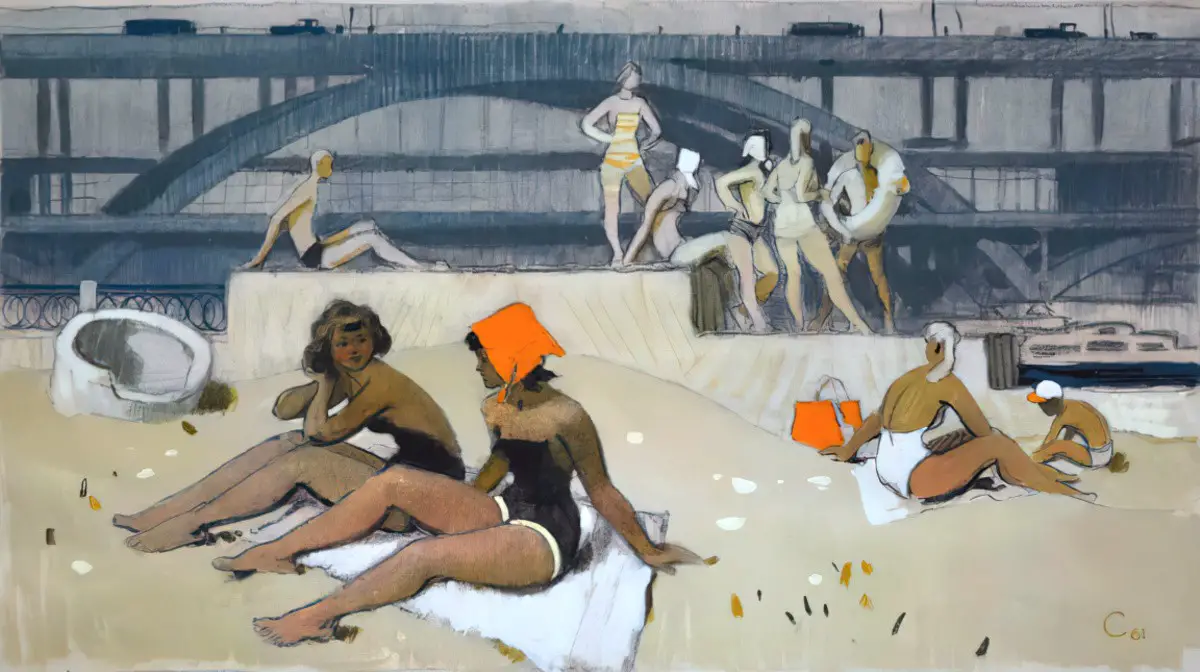
Header illustration: From ‘The walls came tumbling down’ by Dave Hill, illustrated by Jim Roberts and Art Kirchoff. Concordia, Arch Books 1967, I’ll help you hide.

